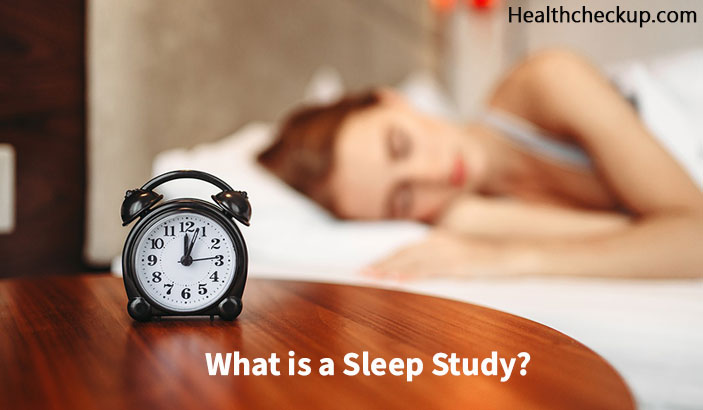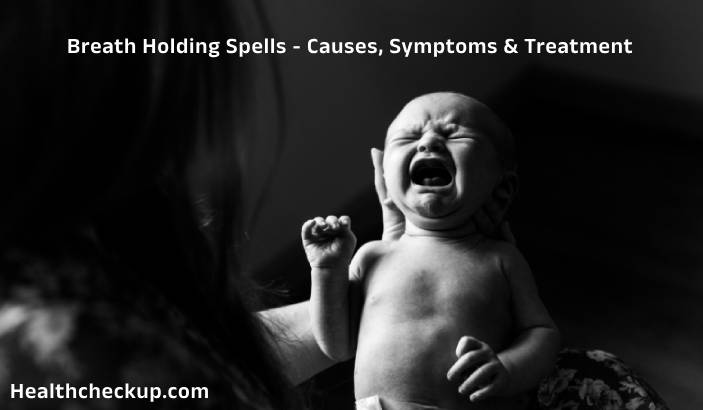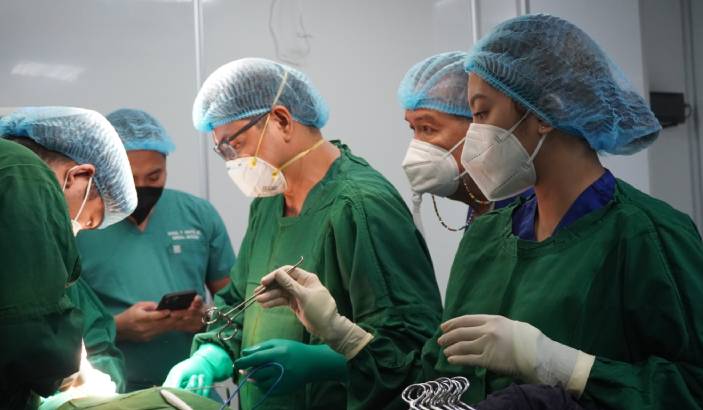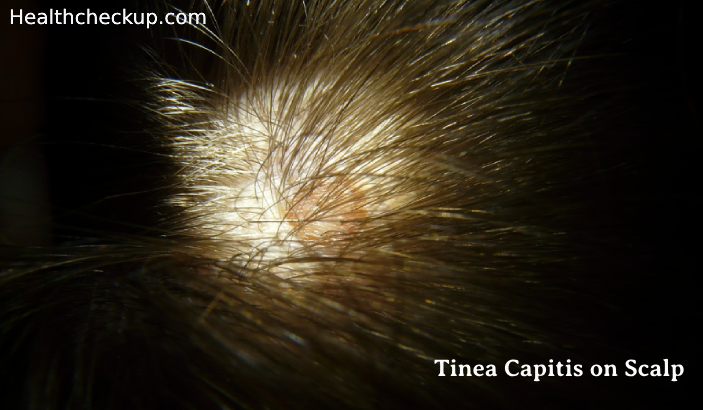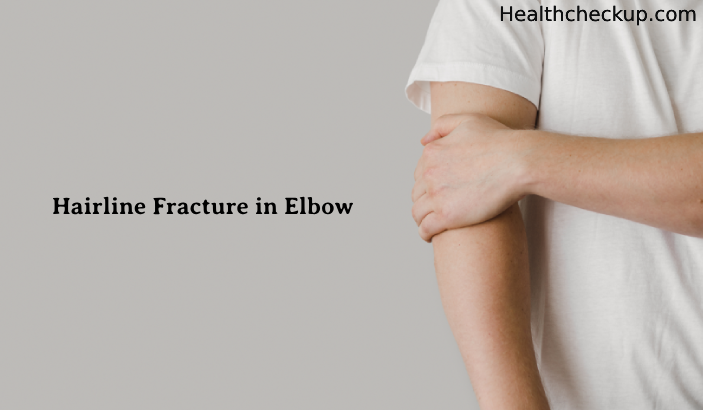What Is A Sleep Study?
A test that measures and records specific body functions while sleeping is called a sleep study. It is also known as polysomnography in medical terms. The studied body functions may include the heart rate, breathing rate, blood oxygen level, eye movement, leg movement, brain wave movement, and muscle movement. The sleep study is a non-invasive, painless test to measure and evaluate the sleep stages and cycle. It is carried out to determine when your sleep pattern is disrupted and the reason behind it.
Why Does The Doctor Perform Sleep Studies?
It is primarily performed to diagnose the sleep disorder and study and decide the treatment plan. Such as:
- Obstructive sleep apnea (the breathing repeatedly stops and starts during sleep)
- Rapid eye movement sleep behavior disorder (person acts out their dreams during sleep)
- Parasomnias
- Have a persistent problem with snoring
- Grind the teeth during sleeping
- Feeling tired even after a good sleep all the time
- Insomnia ( having trouble falling or staying asleep)
- Narcolepsy (sudden attacks of sleep during the day)
- Excessive daytime sleepiness
- Periodic limb movement
- Unusual behavior during sleep
What If I Can’t Sleep During A Sleep Study?
The goal of the sleep study is to get enough data to evaluate the sleep disorder. You will be prescribed the sleeping pill if you face the issue of falling asleep. The following precautions must be taken to avoid the issue of falling asleep before the procedure. Such as:
- Avoid taking tea or coffee on the day of the study
- Avoid alcohol on the day of the study
- Carry nightwear with you so you can change and be comfortable during the study
- Avoid napping in the afternoon on the day of study
- You may be asked to bathe or shower before the study
- Avoid using any gel, perfumes, and makeup before the test, as it may interfere with the results.
How does The Doctor Perform A Sleep Study?
The sleep study is performed in the following steps:
- The technician will ask you to remove jewelry or other objects that may interfere with the procedure.
- You will be asked to change into a hospital gown or your pajamas.
- Then, you will be taken into the sleep study room, where the test will be performed.
- Once done, the electrodes will be attached to the different body parts such as the face, legs, hands, scalp, head, and chest to assess sensory organs.
- The pulse oximeter will measure the body oxygen level, and airflow monitors will measure the breathing.
- Then, the lights will be turned off, and monitoring will be turned ON.
- Your movements and brain activity are recorded.
- After 7 to 8 hours, the electrodes and other devices will be removed (in the morning).
What is the duration of the sleep study?
The test is performed over the normal sleeping cycle of eight hours. The doctor or technician will ask you to sleep around 10:30 or 11:00 at night and wake you up at 6:00 in the morning. The duration of the procedure may vary if you face the issue of falling asleep.
Can You Get Up To Pee During A Sleep Study?
Yes, you can go to pee when you feel so during the sleep study. The technician will monitor your condition overnight. Kindly inform the technician when you feel like using the bathroom. They will remove or disconnect the relevant attachment safely and let you pee when needed.
What to expect after the sleep study?
You can leave the hospital in the morning. You will be given a follow-up appointment day to discuss the treatment plan for the results. It may take a few days or weeks to get the results after the test. The polysomnography technologist first evaluates the results, and later the information is reviewed by the doctor.
Sleep Study Test Results
The sleep study results provide a great deal of information about your sleep disorder, sleep pattern, and reason for the sleep disturbance. For example:
- Abnormal Heart and breathing changes during sleep may suggest sleep apnea.
- Brain waves during sleep help to identify the disruption in the sleep pattern and may be due to narcolepsy
- Eye movement helps to evaluate sleep patterns and may indicate rapid eye movement sleep disorder.
- Frequent leg movement may indicate periodic limb movement disorder.
- Unusual behavior or movement during sleep may indicate other sleep disorders such as insomnia, rapid eye movement disorder, or more.

Rohit Jain is an IPR Specialist and Medical Content Writing Expert. For over a decade, he has written several articles in the areas of female infertility, Erectile dysfunction, hemangioma, cervical cancer, monoclonal gammopathy of undetermined significance, mononucleosis, mitral valve disorder, nerve sheath tumor, shin splints, mild cognitive impairment, cellulitis, brain metastases, atelectasis, MCAD deficiency, lymphoma, sepsis, cardiac rehabilitation and metabolic disorder among others.


